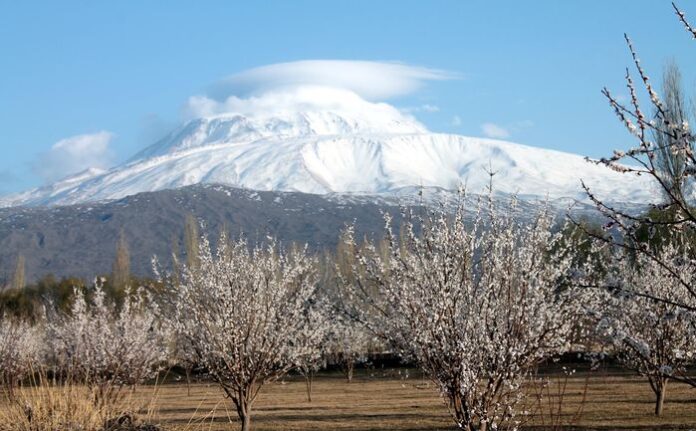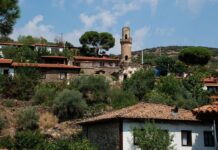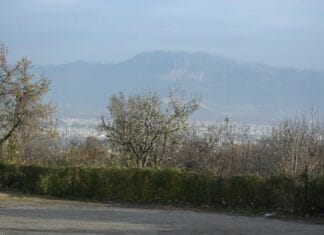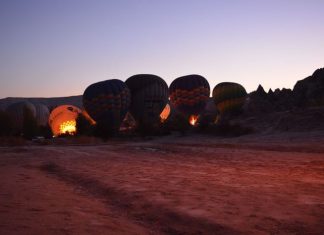
Was There Water in the Moat?
One of the most important questions about the moat of Constantinople is whether it was filled with water—especially during wartime. More and more evidence suggests that it was dry, even during the city’s most dangerous moments.
The Slavic Account of the 1453 Siege
An important source comes from a Slavic account of the final siege of Constantinople in 1453. This narrative clearly describes how the Greek defenders used the dry moat to dig underground tunnels and set explosives to blow up the approaching Turkish troops Guided Tour Ephesus.
The account says:
“The defenders fought the Turks during the day, and at night they went down into the moats, broke through the outer wall of the moat on the field side, dug tunnels under the walls in many places, and filled the mines with gunpowder and jars full of powder.”
If the moat had been filled with water, these mining operations would have been impossible. You cannot dig through a wet trench and set explosives safely. So this record strongly supports the idea that the moat was dry, at least during the final siege Was the Moat Always Filled with Water?.
Practical Use of the Moat in Warfare
This description shows us how important the dry moat was for the defenders. It was not just a barrier to keep enemies away—it also became an active space where Greek soldiers worked at night to undermine the enemy.
It also explains why the moat was built so wide and deep. Even if it wasn’t filled with water, it still forced enemies to cross a large, exposed area before reaching the walls. At the same time, it gave the defenders room to move, hide, and strike back using tunnels and gunpowder.
Aqueducts and Dams in the Moat
In total, historians have identified about 24 aqueducts or dams built across the moat. These structures may have served different purposes at different times. Sometimes they probably brought water into the city, and perhaps in special cases, they allowed water to fill sections of the moat—but there’s no strong evidence that the moat was always full.
The placement of these aqueducts also suggests they were built for peacetime use, carrying water into urban areas rather than flooding a defensive trench. They’re found all along the moat’s length, in the following sections:
2 between the Sea of Marmara and the Golden Gate
1 between the Golden Gate and the Gate of the Deuteron
6–7 between the Gate of the Deuteron and the Gate of Selivria
5 between Selivria Gate and Yeni Mevlevi Haneli Gate
5 between that gate and Topkapı Gate
2 between Topkapı and the Gate of the Pempton
3 between Pempton and Edirnekapı
2 between Edirnekapı and the northern end of the moat
The moat of Constantinople was a vital part of the city’s military defenses, but not necessarily because it was filled with water. Many records, especially from the 1453 siege, clearly show that the moat was dry and used for mining, movement, and combat. This supports the view that its main purpose was to keep enemies away and give defenders an advantage—not to act as a water barrier.







